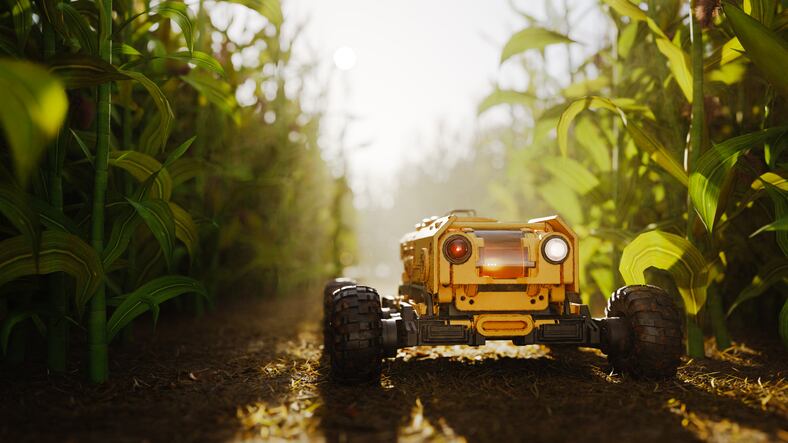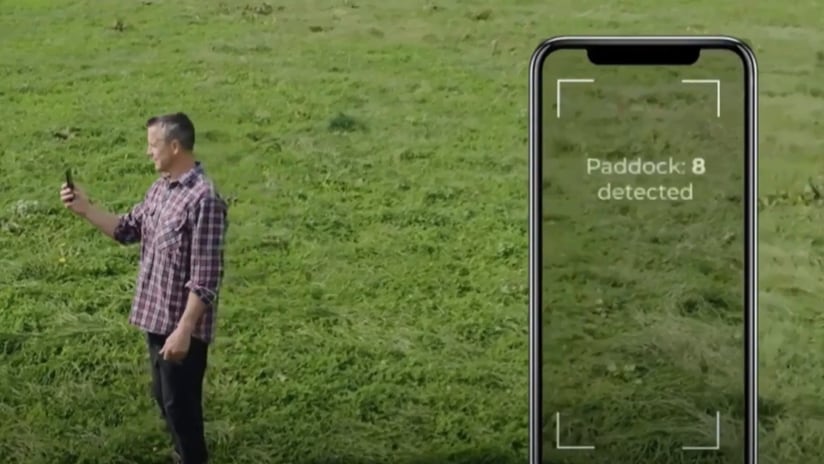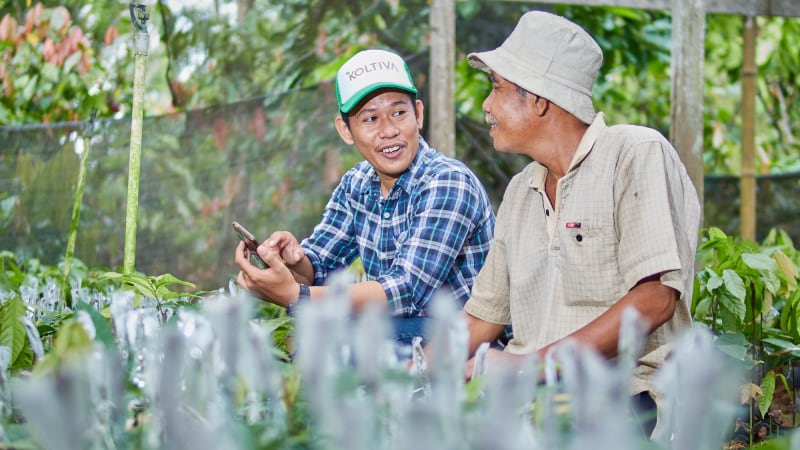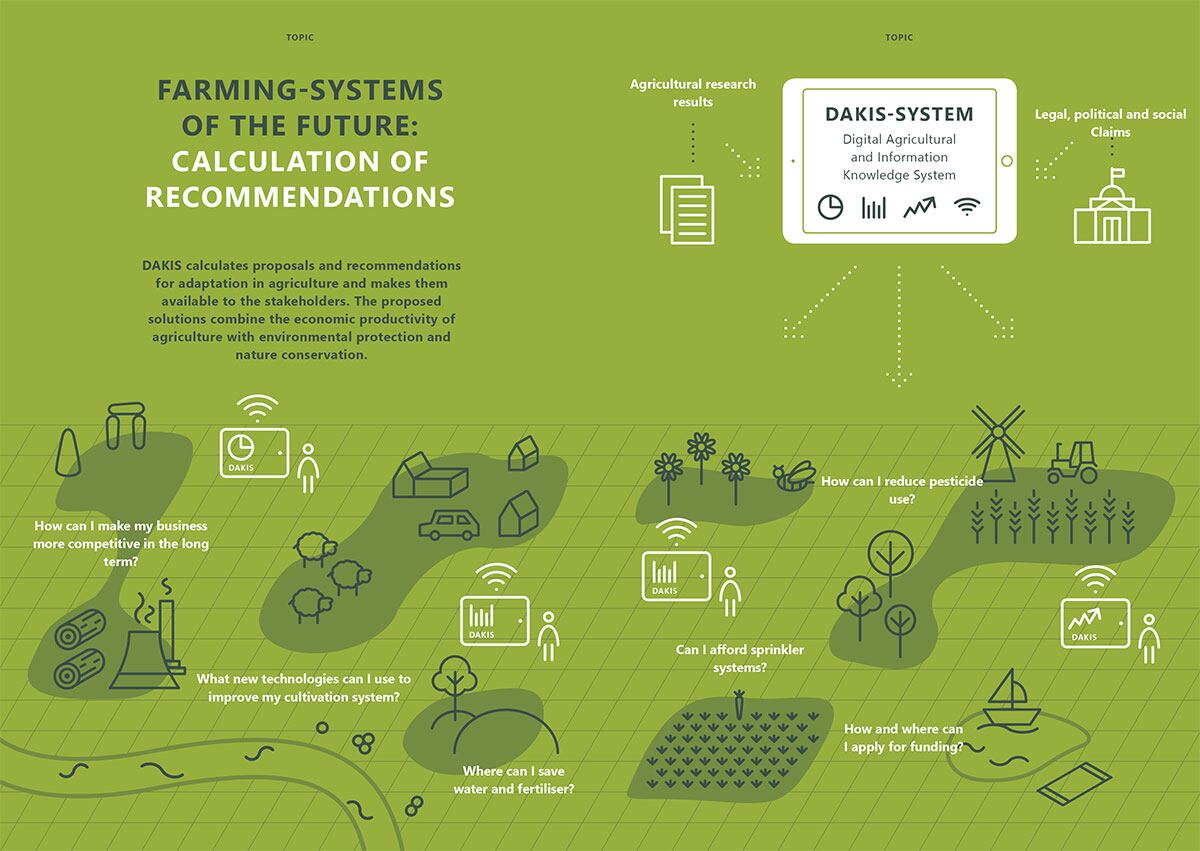At the FAO Science and Innovation Forum 2023 held in Rome, experts discussed the pivotal role of AI and digital tools in fostering climate-resilient agri-food systems.
Hosted by the Food and Agriculture Organization’s (FAO) CIO and Director of the Digitalisation and Informatics Division, Dejan Jakovljevic, the 19 October panel — titled AI and Digital Tools for Climate-resilient Agri-food Systems — highlighted both the progress and challenges in this transformative field.
The five panellists were Najat Mokhtar, the International Atomic Energy Agency’s (IAEA) deputy director general and Department of Nuclear Sciences and Applications head; Vincent Martin, the FAO’s Office of Innovation director; Alan Belward, the European Commission Joint Research Centre’s (JRC) Food Security Unit head; Sebastian Bosse, the Fraunhofer Heinrich-Hertz-Institut’s (HHI) Interactive and Cognitive Systems Group head; and Rikin Gandhi, Digital Green’s founder and CEO.
Data quality crucial for effective AI implementation
Mokhtar emphasised the importance of using reliable data in AI processes, highlighting the need for quality input to ensure accurate and meaningful output. She said, “It's about entering big data to superpowered computers to get information that will accelerate the process of food security. But if you put in rubbish, you will get rubbish — you will have the wrong information.”
She also discussed the collaboration between the FAO and IAEA, leveraging nuclear technology to provide reliable data on water management, precipitation and other crucial factors for agriculture. The IAEA's extensive database on precipitation, utilising isotope hydrology, was presented as a valuable resource for addressing issues such as flooding, drought, and water scarcity.
Additionally, she highlighted applications in soil and water management, using neutron cosmic radar technology to measure soil moisture levels. This data, collected through sensors and satellite information, is then accessible to farmers through user-friendly applications, aiding in timely irrigation decisions. “From my perspective, AI is here to stay and we need to make the most of it. The question is how to make this accessible to farmers in rural areas,” said Mokhtar.
Bias and collaboration
With AI clearly gaining traction in agriculture, Martin acknowledged the buzz surrounding it and its potential to revolutionise the industry. He emphasised the need for a nuanced understanding of AI's scope in agri-food systems and pointed out that it has the potential to reduce labour-intensive processes, attract youth to agriculture and address climate change issues.
However, he also cautioned against the biases inherent in AI systems, stressing the importance of ethical considerations. “We cannot talk about AI and digitalisation without addressing the issue of ethics and responsibility.
“There is a lot of bias in AI; we have to be very aware that by using large amounts of data that have not been tested in specific contexts, we might exclude more people. If we don’t have the right data to train AI models, we would just create more biases and (a greater) digital divide,” he said.
Expanding on his point about inclusivity, Martin emphasised the need for inclusive innovation through co-designing solutions with end-users to ensure that AI benefits all farmers, including those in less connected regions. He said, “When I was younger, I was developing applications for farmers and livestock owners, trying to prevent animal diseases. I realised that sometimes, we failed because we assumed we knew what people needed and the gaps in the field.
“We then designed applications and digital solutions that were not used and (ended up being) a waste of resources. So this is something we are promoting at the Office of Innovation — this principle of co-innovation and co-design of solutions with end-users.”
Lessons and trends in digital agriculture
Belward then turned the conversation towards the extensive use of digital technologies — including AI — in monthly crop forecasts, compliance monitoring and assurance related to the EU's common agricultural policy. He identified three main trends in the digital world: access to finance and markets, optimisation at the individual farm level, and monitoring, reporting and verification.
He said, “We’ve noticed consistently that AI is hungry for data and processes and it tends to be mainly used in data-rich environments. One thing we're actively pursuing with the FAO and the University of Valencia is to look at ways in which AI can be used in in more data-poor, less rich environments.
“The satellite image stacks are pretty much universal but the data that go with it are often not, so we're trying to find ways in which we can harness AI and machine learning to exploit what little data we have to get the same results.”
Attributing improved crop yields in countries with limited data access to the aforementioned pursuits, Belward added that AI was “definitely leading to greater precision in forecasts at all levels, whether it's predictive capability or actual numbers”.
He further said he had learnt four “lessons”: quality assurance from the beginning, output validation, co-learning and mandates. “Quality assurance right from the start is absolutely crucial. Don't trust the huge stacks of satellite images out there; they're not all good. Second, validate the output. It's quite easy to run these things and produce statistics, maps and forecasts. If you don't know how good it is, you shouldn't use it.
“Third, we can always learn from each other. The Valencia-FAO-JRC partnership is very rich but we recognise that we work with, not for each other. The final lesson is mandate — who actually has the mandate or governance to produce these statistics and measurements we're talking about? That's something we must be very careful of because the unwary can be offered very convincing results that may not come from a reliable source.”
Climate change mitigation and agricultural extension
On the topic of climate change, Bosse and Gandhi highlighted the potential of AI in developing climate-resilient crop types, optimising agricultural planning and mitigating the impacts of climate change.
Bosse also discussed the misalignment between the expectations of practitioners and researchers in the field of AI for agriculture, emphasising the need for co-innovative and co-designing approaches that consider the diverse and unique challenges of local ecosystems.
He then proposed a platform-based approach to enable the connection between farmers, machinery, and AI in an adaptive and user-centric fashion, saying: “The platform-based approach is a means to scale solutions quickly to different areas. We face the challenge of needing a lot of data for meaningful AI representations while having a great degree of diversity. So, even if we have a lot of data in say, Germany, we most likely cannot use it in Italy.
“But if we have a platform that, from the first step, is able to collect and organise such data so it can be scaled and useable in other areas as well, this holds potential for the application of AI in agriculture. And if you're flexible and adaptable, you can apply this data to the local challenges you’ve identified in climate change mitigation, as well as agriculture’s impact on climate change.”
Gandhi, on the other hand, discussed the potential of generative AI to create a digital public infrastructure and provide location-specific advisories in natural language interfaces for agricultural extension.
He said, “Government and private sector are already digitising extension agent and farmer profiles with names, locations, gender and crop livestock information. Generative AI offers the opportunity to integrate this data and content into a digital public infrastructure and deliver them in a conversational natural language interface on popular messaging platforms.
“Extension agents can use voice notes in their local languages and dialects, submit photos from the field and get responses in local languages in audio and video form in less than 10 seconds; they can then give their feedback about whether the responses were accurate.”
He also proposed an agricultural advisory AI Commons, promoting governance and technical architecture for collaborative impact, and highlighted the role of AI in closing gender gaps in extension models: “When women extension agents gain more knowledge and better represent the questions and interests of women farmers, we can more quickly close the gender gap that exists in extension models.
“Because of the need of AI to aggregate data and content from multiple sources, it's really important we get ahead of this by thinking of a governance and a technical architecture that brings together governments, farmers and organisations like the FAO to maximise our collective impact and ensure necessary governance and technical safeguards with both the power and risks AI represents.”
AI: A catalyst for inclusive, sustainable agriculture
The discussion underscored the transformative potential of AI and digital tools in advancing climate-resilient agri-food systems, with the panellists agreeing that, when coupled with ethical practices and collaborative efforts, AI can lead to a more resilient, profitable and food-secure future. Additionally, the need for ongoing research, international partnerships and a focus on inclusivity emerged as key themes for the successful integration of AI in agriculture.
In the closing Q&A session, the panel addressed issues related to data quality, the role of women in AI adoption and the barriers to technology adoption in remote areas. Mokhtar highlighted ongoing efforts to build confidence among rural women, while Gandhi stressed the power of relatable content in driving AI adoption.
The session concluded with a call for continued collaboration, ethical considerations and a focus on empowering local communities through the responsible AI use in agriculture. In closing, Jakovljevic said: “I think we can agree that we should embrace AI but also leave no one behind. We want to embrace technology but also realise it's important not to neglect the responsibility we have when using technology.”




